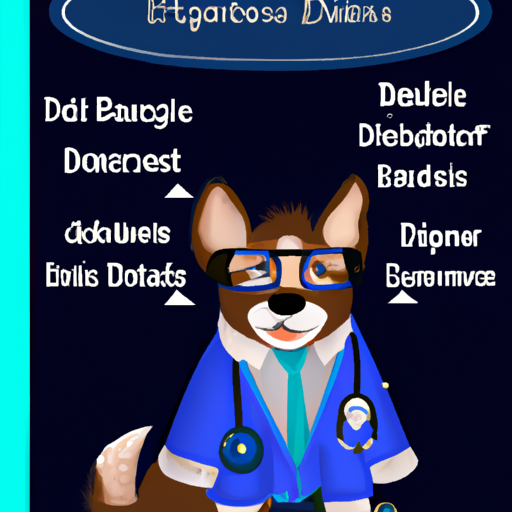As a caregiver, it’s crucial to know and understand the signs of health issues in your dog, especially those that could indicate a serious condition like diabetes. In this guide, we will walk you through the symptoms of diabetes in dogs, the risk factors, diagnosis, treatment, and how to manage this condition effectively.
1. Understanding Canine Diabetes
Canine diabetes is a chronic disease that affects the way your dog’s body uses glucose. It requires careful management, but with the right knowledge and tools, you can help your dog lead a healthy and happy life.
2. Know the Symptoms
Diabetes symptoms in dogs can range from subtle to severe. As a vigilant caregiver, here are the signs you should look out for:
- Excessive thirst: Dogs with diabetes often drink a lot of water.
- Increased urination: You may notice your dog asking to go out more often.
- Increased appetite: Despite eating more, your dog may still lose weight.
- Weight loss: This can occur even if your dog is eating well.
- Fatigue: Your dog may seem less interested in play and more lethargic than usual.
- Cloudy eyes: In severe cases, dogs may develop cataracts.
3. Risk Factors for Canine Diabetes
Just like humans, certain factors can increase the risk of diabetes in dogs. These include:
- Age: Older dogs are more at risk.
- Gender: Female dogs are more likely to develop diabetes.
- Obesity: Overweight dogs have a higher risk.
- Breed: Some breeds like Samoyeds, Miniature Schnauzers, and Toy Poodles are more susceptible.
4. Diagnosis of Canine Diabetes
Detecting diabetes involves a series of blood and urine tests. If you notice any symptoms, it’s important to seek veterinary help immediately. Early diagnosis can prevent more serious complications.
5. Treatment Options
Treatment for canine diabetes often involves insulin therapy, dietary changes, and regular exercise. Your vet will create a tailored treatment plan according to your dog’s needs.
6. Managing Canine Diabetes
Proper management can help your dog live a normal, active life. Here are some tips:
- Regular Vet Visits: Regular check-ups can help monitor your dog’s condition and adjust treatment if needed.
- Consistent Meal Times: Regular, balanced meals can help control your dog’s blood sugar.
- Exercise: Regular, moderate exercise can help regulate your dog’s glucose levels.
- Monitor Symptoms: Keep a close eye on your dog’s behavior and symptoms. Any changes should be reported to your vet.
7. Prognosis for Canine Diabetes
With proper management, dogs with diabetes can live a long and healthy life. The key is early detection and consistent treatment.
8. FAQ About Canine Diabetes
Q: Can diet prevent diabetes in dogs?
A: A balanced diet can help prevent obesity, a major risk factor for diabetes.
Q: Can diabetes in dogs be cured?
A: Currently, there is no cure for diabetes in dogs. However, the condition can be managed effectively with the right treatment and lifestyle changes.
Q: How often should a diabetic dog eat?
A: Diabetic dogs typically need to eat small, balanced meals 2-3 times per day.
Remember, as a caregiver, your role is pivotal in managing your dog’s diabetes. With your love, attention, and the right care, your dog can lead a happy, healthy life despite this condition.



